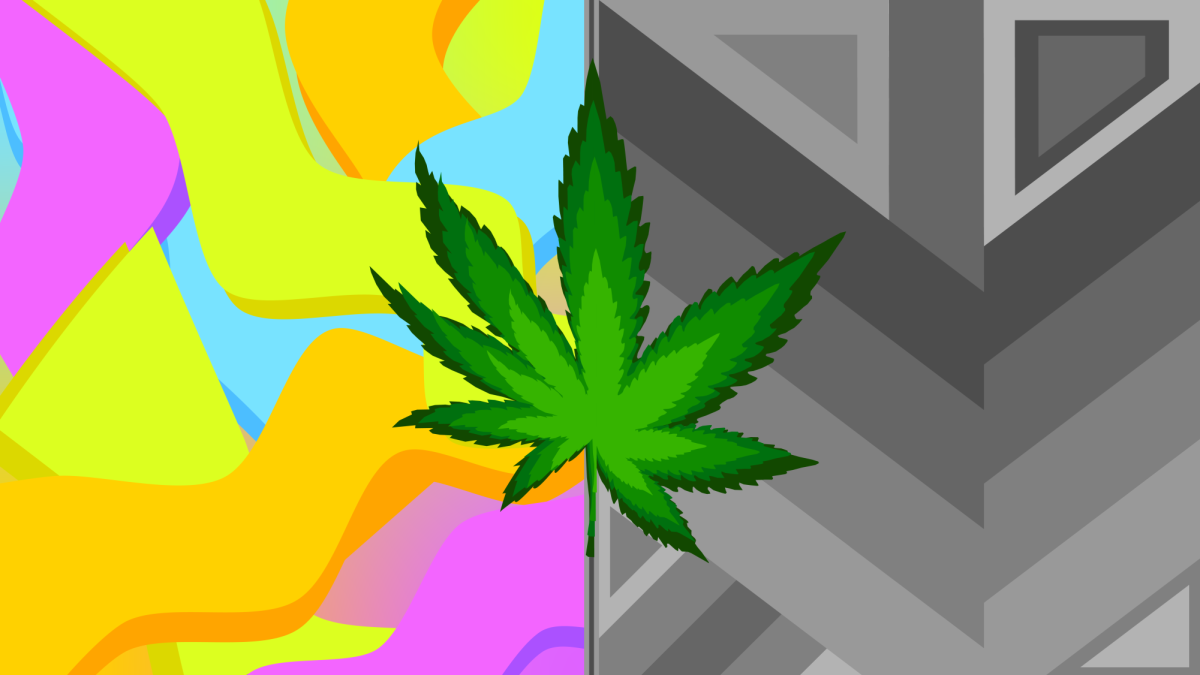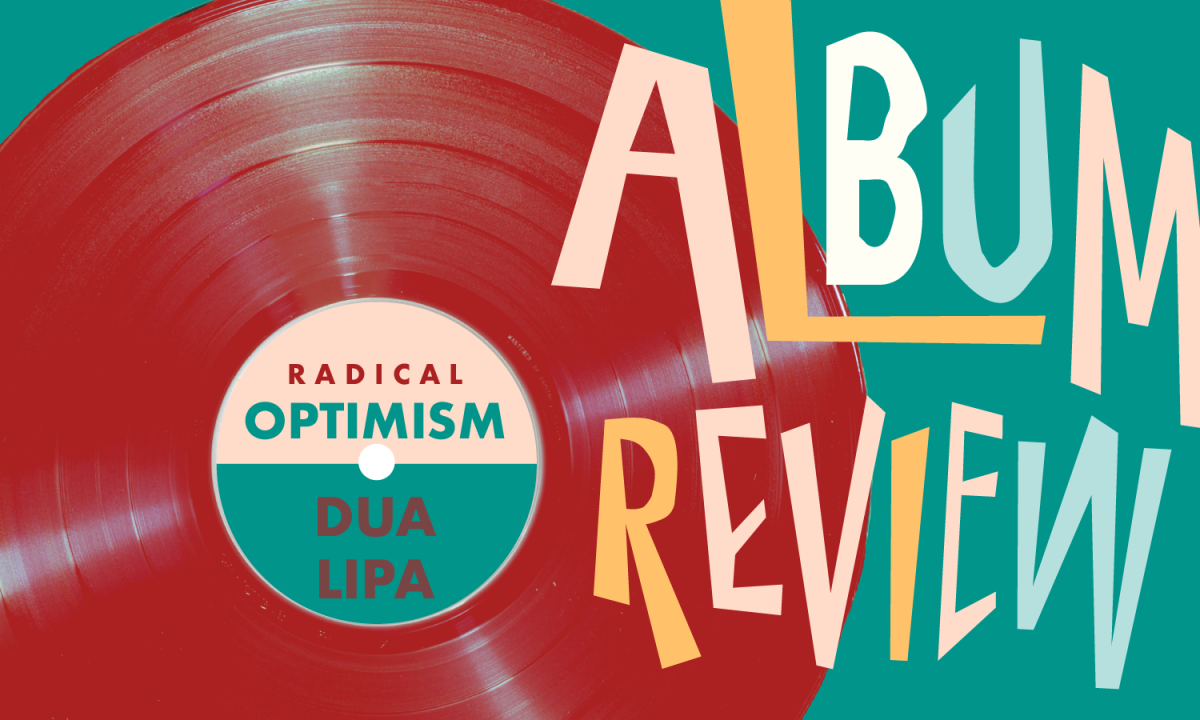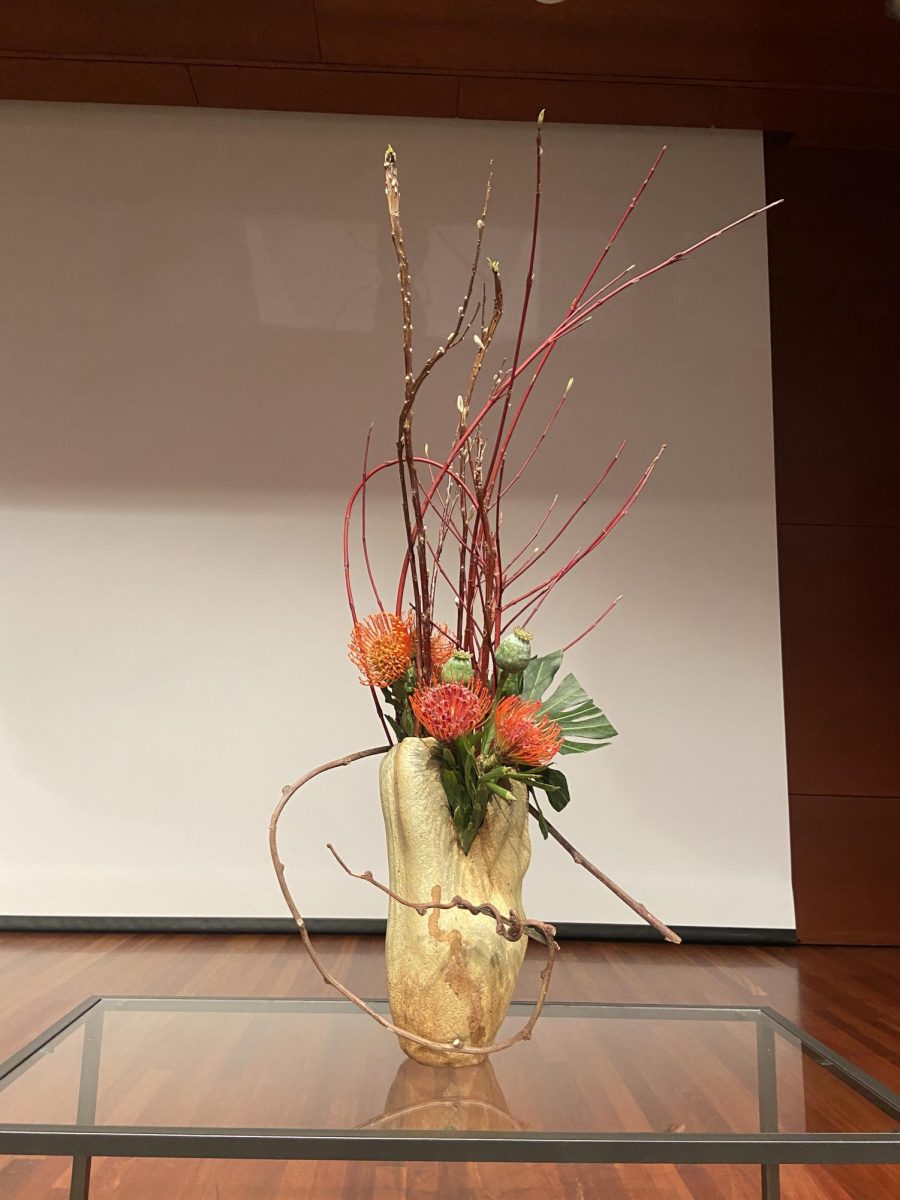Talk to anyone who has heard news of Yellowstone’s supervolcano, and you’ll hear a cacophony of cautionary remarks. “Don’t visit! I heard it’s expected to go off anytime, and it will spread ash all over the Western United States.” Although the severity of these remarks is not necessary, it is true that ash from the volcano would significantly disrupt life at least 1,000 miles in every direction. In this event, sunlight would be severely cut off, animal ecosystems would be threatened and land in the western U.S. would be altogether uninhabitable.
This sounds alarming, but the chance of this supervolcano erupting in a young person’s lifetime is 730,000 to one, according to USGS (the United States Geological Survey). The last eruption occurred roughly 630,000 years ago and, unfortunately, the next cannot be definitively hypothesized.
According to Yellowstone.net, the park is home to well over 10,000 thermal features. The most commonly known feature is the geyser, but it only represents 500 of the 10,000 features indicating volcanic activity. The most striking features are given names for tourist enjoyment, but many go unidentified because they are among hundreds of tiny (varying in 3 inches to a foot in diameter) geysers spurting out steam and bubbles.
Speculators and those who haven’t visited lack one thing — knowledge about how this volcanic activity even takes place. For example, a hot spring is a feature containing superheated water that does not encounter restriction upon getting to the surface of its pool, whereas geysers are hot springs encountering immense pressure producing steam that shoots out of its cone or surface opening. Mudpots are boiling pools of mud that form from extreme acidic conditions, converting surrounding rock into clay and mud.
On top of its informative articles about thermal features, the Yellowstone Journal boasts refreshing news about the famous supervolcano, also known as a caldera. Researchers from the U have monitored the caldera’s volcanic activity using seismic tomography. This way, observers can see how quickly seismic waves due to an earthquake reach the instruments on the earth’s surface. Jamie Farrell, a U researcher, said this seismic information can be used to map out the fastest waves verses the slower ones. Slower waves indicated molten lava being closer to the earth’s surface in contrast to the more frequent waves.
Because of new advances in technology, Yellowstone’s caldera can be viewed from many different aspects and thus interpreted in more detailed ways. Using Global Positioning Systems, scientists with the Yellowstone Volcano Observatory have perfected the monitoring of the caldera’s resurgent domes. Resurgent domes are areas of a caldera that rise and fall according to the flow of molten lava. In Yellowstone, these domes are the Sour Creek and Mallard Lake domes. Each year, the rise and fall of these domes (usually only 2 inches at most) indicates the movement of molten lava at least 3 miles beneath the earth’s surface.
Yellowstone’s volcanic activity is an occurrence that is positively perplexing when viewed from a scientific standpoint. Our world is constantly changing and evolving. Although this can sometimes threaten our safety and sense of mortality, the Yellowstone Caldera should not be feared or become less visited.











